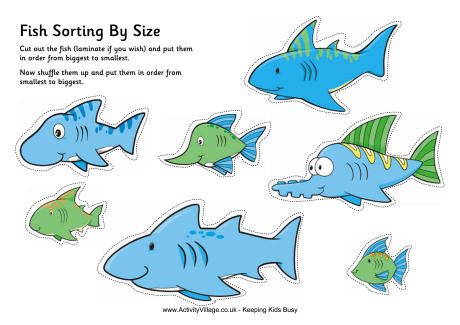The paperback version has nice large images that the children at the back can see well and the holes in the pages just add to the magic.
 |
| Available on Amazon |
Age: 4-7years (There's a lot of good recyclable vocabulary here, so you could make it work for older students too)
Vocabulary: Fruit (apple, pears, plums, strawberries, oranges, watermelon). Older kids could also learn or review food items, sausage, salami, cake, cheese, lollypop, pickle, ice cream and pie. Numbers 1-5. Days of the week. Lifecycle stages (egg, caterpillar, cocoon/chrysalis, butterfly). Also sun and moon and the adjectives tiny, small, big, fat and hungry.
Procedure:
- Sing your hello song hungrily and thirstily, or even more fun, pretend to be very big (slowly and loudly), small and then tiny (fast and squeakily).
- Preteach the flashcards of the fruit or food depending on what your students know already. For the 4 year olds the five main fruits is really the maximum you can hope for them to learn at a time.
- Get the students settled and listening. Let them know how you will indicate when you need their help. You can tell the story using the words in the book as they are already very simple. Add gestures for hungry, tiny, big fat, stomach ache and much better. As you say the days of the week, see if they know them in L1. It's cross curricular and the chances are they will be learning them currently. I like to get the children to count out the fruit with me and tell me the colour and the name of it to get them as involved as possible.
- When the caterpillar makes a cocoon/chrysalis, it might be a good idea to use some L1, as many of the students will be convinced it is a poo! I also ask them how long they think the caterpillar stayed in there for in L1, to get them thinking and build up the suspense for the inevitable transformation.
- As a final activity I get them to tell me all the colours they can see in the butterfly's wings.
- Then they can do this beautiful colouring sheet. From memory they have to colour all the fruits the right colour (warning this takes a long time to finish)!
 |
| Available on Eric Carle's website. |
Extensions:
- Tell the story again, pre-teaching and then eliciting the life cycle stages. Ask volunteers to reorder the flashcards for you and then put them in the right order. There are many worksheets out there:
 |
| There are many worksheets out there... |
- This video is a nice way to review that language (probably stop at 2.45mins)
- Butterfly colouring sheets are out there in abundance, or they can draw their own. Don't forget the old classroom favourite of painting half a butterfly on one half of an A4 piece of paper, folding it shut and then peeling it open again. Remember to use poster paints (or acrylics but they don't wash out) not tray paints.
- This lullaby is a good settler for the end of the lesson.
- The days of the week chant to the Adams Family. Days of the week *clap clap* days of the week *clap clap* days of the week, days of the week, days of the week *clap clap* There's Sunday and Monday, Tuesday and Wednesday, Thursday and Friday and then there is Saturday. Days of the week *clap clap* days of the week *clap clap* days of the week, days of the week, days of the week *clap clap.* The key thing is to remember to start with Sunday or the rhythm doesn't work.
- This worksheet even has a caterpillar theme!




